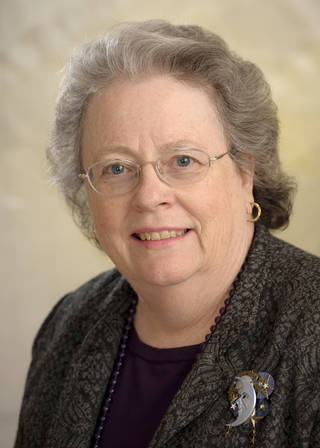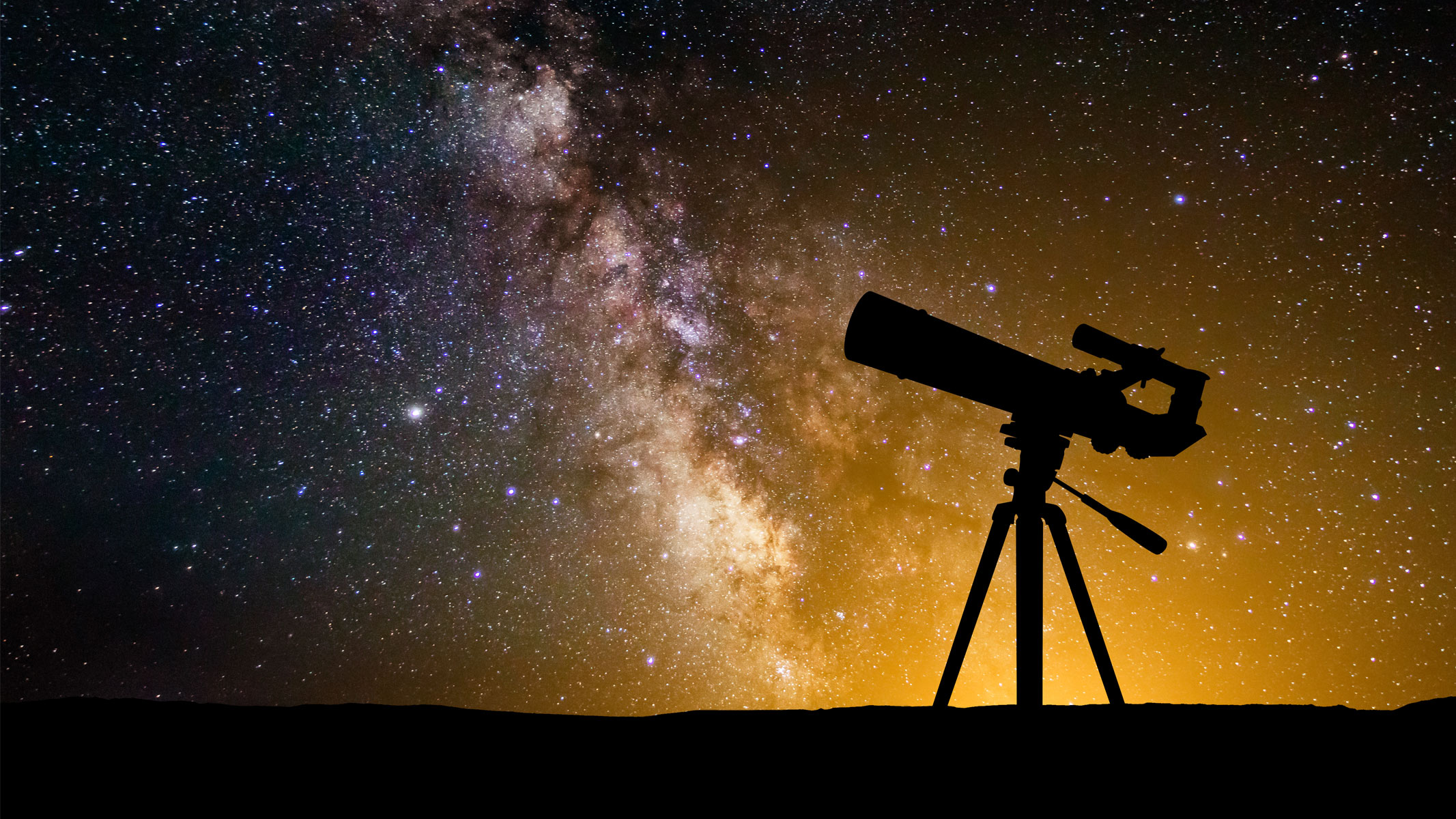Catch the Sky Falling: Peter Jenniskens, Meteor Storm Chaser
ThePerseid meteor shower peaks this weekend. The best night to go out is Saturdaynight, August 12/13. The first hour of the night will be dark and a smallnumber of Perseids will streak long tracks when they fall into Earth'satmosphere at a grazing angle. Later in the night, the Moon will light up thesky; it's just a few days past full Moon this weekend. The Perseid rate willincrease because the meteors fall in at a steeper angle; the meteors are shortand swift then. While moonlight (and street lights) will wash out faintmeteors, you will still have the opportunity in clear weather to see the manybright meteors from this classic, late-summer meteor shower.
Meteorshowers occur as the Earth collides with the debris (called "meteoroids") shedby a comet. Annually, we collide with several different debris streams thatoriginate from different parent bodies, all comets of one sort or another.These occur at predictable times of the year. Infrequently, the Earth plowsinto a fresh stream of debris and people see a meteor storm for a few hourswith tens to hundreds of meteors per minute. As Chicken Little was prone topredicting, when a meteor storm occurs, it looks the sky is falling.
Asa girl, I once saw a small storm of meteors (called an "outburst") whilecamping in California's Sierra Nevada Mountains. There were more meteorsthan I could count, and they fell across the sky for about 2 hours that latenight. This outburst was not officially reported and it remains unknown whatdangerous comet was the cause. If freshly ejected meteoroids can hit the Earth,so can in principle the comet. It's one of my life experiences that drew me toastronomy. I've not seen such a storm since, but can recall the beauty of theevent easily.
Thereare some that do everything in their means to try to see such outbursts. At theSETI Institute, Dr. Peter Jenniskens studies meteor showers. Over the pastseveral years, he's led several airborne research campaigns to travel to theright place on Earth and study these ephemeral bits of glowing debris as theyplunge into our atmosphere. Jenniskens studies meteors in order to betterunderstand comets and their contribution to the origin of life on Earth, asmeteoroids are samples of the material that rained down on the Earth the carbonneeded for life. For more than twenty years, he's pursued these short-livedobjects to better understand how to predict meteor storms and to use thosestorms to study how the meteors deposit their carbon content into ouratmosphere.
Studyingmeteors started as a hobby. Fresh from a small-town upbringing in the Netherlands, Jenniskens found hisfirst year of astronomy and city life at Leiden University difficult. He enjoyed his extracurricularpursuits and explains that "after classes in Algebra and Classical Mechanics"he "learned to be a scientist among amateur astronomers." Joining the newlyfounded Dutch Meteor Society, Jenniskens would be an active member for the nexttwenty years, helping the group "revive the sleepy field of meteor showerresearch."
In1995 Jenniskens arrived at the SETI Institute as America's only astronomer with a Ph.D. thesis ontelescopic observations of organic molecules in interstellar space, a NASA Amespost doctorate position to study the ice of comets in the laboratory, andscientific papers about meteor showers. "Meteor showers provide a great chanceto study the unique ways in which those extraterrestrial organic molecules werechemically changed during delivery to Earth billions of years ago, when lifefirst started here," he explains.
"I'mdrawn to obscure fields in science hoping to make an impact," says Jenniskens,who also works hard to interest others in those fields. "Science is twice thefun when shared and appreciated by others," he says. "The most exciting momentsare when we search to define new experiments and observing techniques. There isthe fantastic feeling of opportunity, of doors unopened."
Breaking space news, the latest updates on rocket launches, skywatching events and more!
Oneof the best ways to share science is to publish. On September 9, CambridgeUniversity Press is releasing a new book, "Meteor Showers and their ParentComets" authored by Peter Jenniskens. It is a great introduction in the fieldof minor planets, using meteor showers as something everybody can relate to. Italso narrates recent progress in how to predict meteor outbursts and thediscovery of (mostly) dormant comets as parents of meteor showers; Jenniskenshimself identified the parent of the Quadrantid shower. The book has anexhaustive set of tables describing major and minor meteor showers, predictionsof future meteor outbursts in the next fifty years, and the scientific resultsof many people working together on predicting meteor storms and observing andanalyzing meteors on Jenniskens' airborne campaigns with NASA. Jenniskens'handbook will be of interest to professional and amateur astronomers alike.
Wechecked to see if my childhood's meteor shower was listed, but it appears tohave happened unnoticed by professionals in the field. Many such unusualshowers are predicted to return in the next fifty years, and I look forward toconsulting Peter's meteor shower predictions to plan my future camping trips.Perhaps I'll have the delightful opportunity to see a meteor storm again, andimagine that the sky is falling.

Edna DeVore is a science and astronomy educator and the former Director of Education and Public Outreach for the SETI Institute. She earned an undergraduate degree from the University of Pacific followed by a master's degree in instructional technology from San Jose State and a master's in astronomy from the University of Arizona. In 1992, Edna joined the SETI Institute, where she wrote features on space exploration, astrobiology and more, some of which appeared on Space.com. She was among the first principal investigators to propose projects to NASA's Office of Space Science and receive funding for educational programs. Edna went on to work on education and public outreach for NASA's Kepler space telescope and SOFIA flying telescope missions. Edna received numerous awards during her tenure at SETI, including NASA Honor Awards for her work on Kepler and SOFIA, and Aerospace Awareness Award for Women in Aerospace in 2005. Edna retired in 2013.
